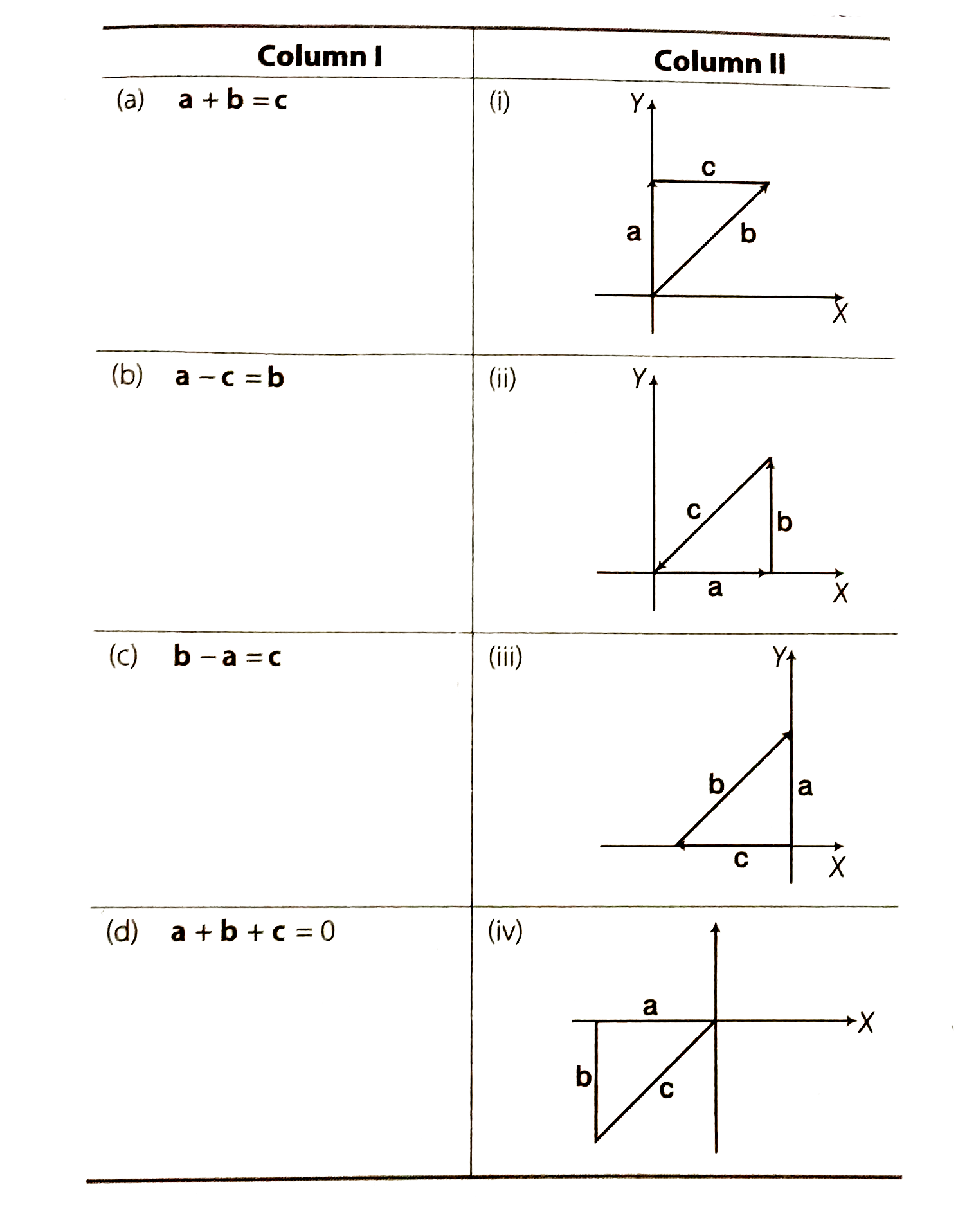Column I
I. Testis
II. Vulva
III. Prostatic fluid
IV. Production of ova
Column II
(A) Gives specific smell to semen
(B) Oogenesis
(C) Located in scrotum
(D) Labia majora
I - C, II - D, III - A, IV - B
I - D, II - B, III - C, IV - A
I - D, II - C, III - B, IV - A
I - D, II - C, III - A, IV - B
The correct Answer is:A
To solve the matching question between Column I and Column II, we will go through each item in Column I and find the corresponding match in Column II step by step.
1. Identify the first item in Column I: Testis
- The testis is the primary reproductive organ in males and is located in the scrotum.
- Match: Testis (I) → Located in scrotum (C)
2. Identify the second item in Column I: Vulva
- The vulva is part of the female external genitalia, which includes structures such as the labia majora.
- Match: Vulva (II) → Labia majora (D)
3. Identify the third item in Column I: Prostatic fluid
- Prostatic fluid is secreted by the prostate gland and is known to give a specific smell to semen.
- Match: Prostatic fluid (III) → Gives specific smell to semen (A)
4. Identify the fourth item in Column I: Production of ova
- The process of producing ova (female gametes) is called oogenesis.
- Match: Production of ova (IV) → Oogenesis (B)
Summary of Matches:
- I. Testis → C. Located in scrotum
- II. Vulva → D. Labia majora
- III. Prostatic fluid → A. Gives specific smell to semen
- IV. Production of ova → B. Oogenesis
Final Answer:
The correct matches are:
- I - C
- II - D
- III - A
- IV - B
- The testis is the primary reproductive organ in males and is located in the scrotum.
- Match: Testis (I) → Located in scrotum (C)
- The vulva is part of the female external genitalia, which includes structures such as the labia majora.
- Match: Vulva (II) → Labia majora (D)
- Prostatic fluid is secreted by the prostate gland and is known to give a specific smell to semen.
- Match: Prostatic fluid (III) → Gives specific smell to semen (A)
- The process of producing ova (female gametes) is called oogenesis.
- Match: Production of ova (IV) → Oogenesis (B)
- I. Testis → C. Located in scrotum
- II. Vulva → D. Labia majora
- III. Prostatic fluid → A. Gives specific smell to semen
- IV. Production of ova → B. Oogenesis
The correct matches are:
- I - C
- II - D
- III - A
- IV - B
Similar Questions
Given below in Column I are the relations between vectors a,b and c and in Column II are the orientations of a, b and c in the XY - plane . Match the relation in Column I to correct orientations in Column II.
 View Solution
View SolutionMatch following columns and choose the correct answer.
a.simple squamous epithelium(type of epithelium)(column I)
b.simple cuboidal epithelium (type of epithelium)(column I)
c. simple ciliated epithelium (type of epithellim)(column I)
d. simple columnar epithellium(type of epithellim)(column I) .
(i) PCT, DCT(Location of epithellium)(column II)
(ii) Air sacs of lungs (Location of epithellium)(column II)
(iii) Stomach, intestine(Location of epithelium)(column II)
(iv) Bronchioles, fallopian tube(Location of epithelium)(column II).View Solution
Knowledge Check
- Question 1 - Select One
Column I
I. Inguinal canal
II. Clitoris
III. Seminiferqus tubules
IV. Polar body
Column II
(A) Homologous to penis
(B) Testis
(C) Connection of scrotum with abdomen
(D) OogenesisAI - B, II - A, III - D, IV - CBI - D, II - B, III - C, IV - ACI - D, II - C, III - B, IV - ADI - C, II - A, III - B, IV - D - Question 2 - Select One
Column I
I. Acrosome
II. Endometrium
III. Polar body
IV. Clitoris
Column II
(A) Rudimentary erectile tissue
(B) Uterus
(C) Oogenesis
(D) SpermatozoanAI - B, II - A, III - D, IV - CBI - D, II - B, III - C, IV - ACI - D, II - C, III - B, IV - ADI - D, II - C, III - A, IV - B - Question 3 - Select One
Column I
I. Acrosome
II. Leydig's cells or interstitial cells
III. Graafian follicles
IV. Hymen
Column II
(A) Ovary
(B) Vagina
(C) Sperm
(D) TestisAI - B, II - A, III - D, IV - CBI - C, II - D, III - A, IV - BCI - D, II - C, III - B, IV - ADI - D, II - C, III - A, IV - B
Coiumn I
I. Semen
II. Birth canal
III. Penis
IV. Seminiferous tubule
Coiumn II
(A) Clitoris
(B) Testicular lobules
(C) Vagina
(D) Prostate glandView SolutionMatch the following: (a) Retting of fibres (Column I) (i) Clostridium tetani (Column II) (b) Tetanus (Column I) (ii) Streptococcus lactis (Column II) (c) Curing of tobacco leaves(Column I) (ii) Pseudomonas putida (Column II) (d) Cheese and yogurt production (column I) (iv) Clostridium perfringens (Column II) (e) Petroleum pollution control (Column I) (v) Bacillus megatherium (Column II)
View SolutionMatch the columns and choose the correct answer.
(a) Aldosterone (Column I) (i) Zona fasciculata (Column II) (b) DHEA (Column I) (ii) Zona glomerulosa (Column II) (c) Cortisol (Column I) (iii) Zona reticulans (Column II) (d) Adrenaline (Column I) (iv) Adrenal medulla (Column II)View SolutionThe female external genitalia include
(i) ovary , (ii) mammary gland
(iii) mons pubis , (iv) clitoris
(v) labia majoraView SolutionSeminal plasma, the fluid part of semen, is contributed by
(i) seminal vesicle (ii) prostate
(iii) urethra (iv) bulbourethral glandView Solution

